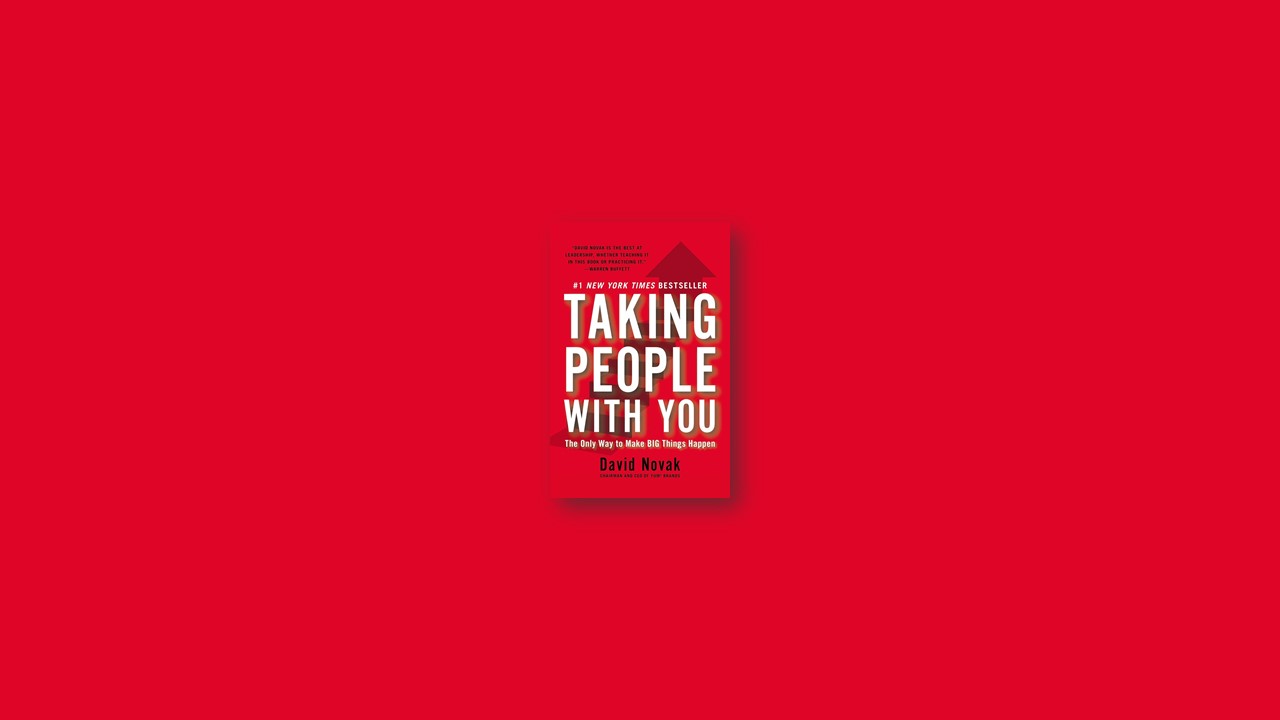An Insight-Driven Approach to Leading People and Achieving Big Goals
You have to begin by asking yourself three big questions that will drive your approach to leadership and allow you to take people with you. They are:
- What’s the single biggest thing you can imagine that will grow your business or change your life?
- Who do you need to affect, influence, or take with you to be successful?
- What perceptions, habits, or beliefs of this target audience do you need to build, change, or reinforce to reach your goal?
What Is Your Single Biggest Thing?
The single biggest thing you’re working on must be step-change. It’s not something you can easily accomplish in the next few days, weeks, or even months.
What’s the single biggest thing you can imagine that will grow your business or change your life?
Describe the outcome you envision if you accomplish your Big Goal. As you write it down, ask yourself: Am I thinking big enough? Does this challenge get me excited? Does it make me a little nervous? Would my peers think it’s not just a goal, but a Big Goal?
Who Do You Need to Bring with You?
Who is your target audience? Who are the people you most need to bring with you in order to achieve your step-change goal?
What Perceptions, Habits, and Beliefs Most Impact Your Challenge?
What perception, habit, or belief of your target audience do you need to build, change, or reinforce to reach your goal? It may be different for different groups or individuals.
#1 Get Your Mind-set Right
Having your head screwed on right is the foundation for any success you will ultimately achieve. In fact, there is no question in my mind that before you can be effective as a leader, you have to think like a great one.
Your ability to reach your goals has as much to do with how you choose to see the world as it does with your level of education and intelligence. And this is totally within your control because your mind-set is up to you
CHOOSE POWERFUL VS. LIMITING MIND-SETS
What is a mind-set? It’s a prejudice, a bias, a fixed way of looking at things. We all have them, some good and powerful, some bad and limiting.
Limiting Mind-set
“What works in China won’t work here.”
“Corporate doesn’t understand my market.”
Powerful Mind-set
“It’s amazing that a Western idea worked in China, so it’s bound to work here.”
“Corporate can be a huge help to my market.”
The key, when applying this tool to your own way of thinking as a leader, is to remember that a mind-set is something you choose, not something that you leave up to chance.
To Use This Tool
Start by silently recognizing the limiting mind-sets you see in others (colleagues, family, friends). Notice how often people have mind-sets that weaken their results (e.g., I can’t do that, I always mess this up, You cannot do x in a recession, etc.). These mind-sets are beliefs that people hold to be true. However, you know they cannot be universally true, because you don’t hold them, or not all the time.
Next, realize you are no different. You also have a set of limiting mind-sets that you hardly realize are there, though others are likely to see them in you.
Admit that your mind-set is a choice because if what you believe were really true, there would be no need to believe it.
Now, make an effort to choose mind-sets that will help you, not limit you.
#2 Have a Plan Strategy, Structure, Culture
It has three basic parts, which, though they reinforce one another, need to be considered in the order in which they are presented:
Strategy: With your team, you need to clearly identify where you’re going and what you want to get done.
Structure: You need to reinforce your strategy by putting the right resources and processes in place so your people can help you execute your plan.
Culture: You have to create an environment that reinforces the strategy and structure by
Strategy: Create a Vision and Personalize it
FUTURE BACK
Future ⇒ Present
Imagine a step-change possibility for the future first, then take massive action in the present to achieve it.
The idea here is to avoid falling into the habit of thinking and discussing the past first, then the present, and then the future. It’s a myth that you have to get right about the past before you can take action in the present in the hope of creating a better future. Focusing first on the past can lead to endless, useless argument while you sort out “the hairball of right history.”
Instead, use this tool to ensure that you start with a view of the future; then make sure your actions today are based on moving toward that future, rather than attempting to correct the past. When you find yourself or others talking about the past, change the conversation by saying, “Let’s move from the past to the future.”
Using This Tool When Establishing a Plan to Achieve Your Big Goal
Visualize what the future will look like when you have achieved your goal.
Then identify the actions you must take to reach that future vision.
Decide what has to be accomplished each day/week to drive it to completion.
#3 Follow Through to Get Results
To get the results you want, you’re going to have to follow through with daily intensity. Jack Welch talked about “the relentless drumbeat for performance.” A constant awareness of what needs to be done and the energy to make it happen are essential for any leader. What’s also essential is that you hold people accountable for their part.
Andy Pearson used to have a great technique for driving follow-through. At the end of any presentation, first he’d ask, “So what?” which was meant to get to the heart of the matter and clarify the main purpose of what had just been discussed. Then he’d ask, “Now what?” There were no purely informational presentations as far as Andy was concerned. That “now what” was his way of saying that you needed to follow up with action on what you had just presented, and he wanted to know what those actions would be. Andy understood that it was his job as leader to spur people on with challenges like these.
Larry Senn taught us something called the accountability ladder to drive a sense of personal responsibility. At the bottom of the ladder is the person suffering from complete obliviousness; he or she doesn’t even know what’s going wrong or what needs to happen. You move up from there to blaming others for what’s not working. The ideal rungs are at the top, where a person takes responsibility for finding solutions to a problem and then gets on with executing those solutions. This is a great way to think of your role as leader: You always want to be moving yourself and your people up that ladder (see opposite).
Market the Change: Be a bold Ad for your Big Goal
STAIRCASE OF COMMITMENT
Anytime you want to accomplish something, think about how you can build your intentionality toward getting it done. Climb the following stairs one by one to increase your commitment:
Think you will do something and decide when you’ll complete it.
Write down that you will do it and by when.
Tell others you will do it and by when. (Notice that this is when you go public!)
Listen for others talking about your commitment.
Use this tool to increase not just your own, but also your team members’ commitment toward achieving a goal.
Conclusion: Move from me to we
There are really two ways to think of your growth as a leader: You can practice your hook shot over and over again until you can practically make it in your sleep, or you can work on being great at the assist, at setting up others to make their shots alongside you.
I truly believe that taking people with you is the job of every leader; it’s not something that can be delegated.
If you’re one person getting big things done, that’s pretty good, but it will take you only so far. If you can help a whole team or organization full of people to reach big goals, then there’s no telling what you can accomplish together. It’s up to you as a leader to make that happen.


